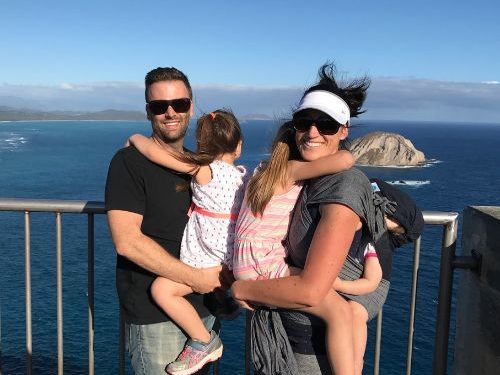Episode Resources
Travel Pono (responsibly)
- Pono Pledge Website
- HawaiiCovid19.com/travel
- Safe Travels Program: Episode 50
- Traveling to Hawaii Responsibly: Episode 55
Connect With Us
- Support the Podcast
- Send Us a Message with any questions about Hawaii
- Hawaii’s Best Instagram
- Hawaii’s Best Facebook Group
Bumper music, Aloha Friday, provided by Coby G (used with permission)
Spread Aloha
- Leave an honest review on Apple Podcasts. Your ratings and reviews help other people who love Hawaii find this podcast.
- Subscribe on Apple Podcasts.
[fusebox_track_player url=”https://pdcn.co/e/https://chtbl.com/track/2828DE/www.buzzsprout.com/832225/8829849-maui-artist-patrick-parker.mp3?download=true” social_linkedin=”true” social_pinterest=”true” social_email=”true” ]
[fusebox_transcript]
Bryan Murphy is the creator of Hawaii’s Best Travel and a Certified Hawaii Destination Expert through the Hawai‘i Visitors Bureau. He’s an active member of the Hawai‘i Visitors and Convention Bureau and continues ongoing education focused on Hawaiian culture, history, and sustainable travel. As the host of the “Hawaii’s Best Travel” podcast—one of the top travel podcasts in the U.S.—Bryan shares practical, respectful guidance to help visitors experience Hawai‘i in a more meaningful way. His work reaches nearly half a million people across podcast, blog, and social media.





